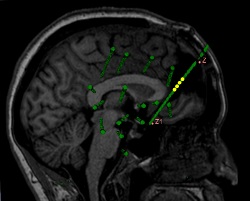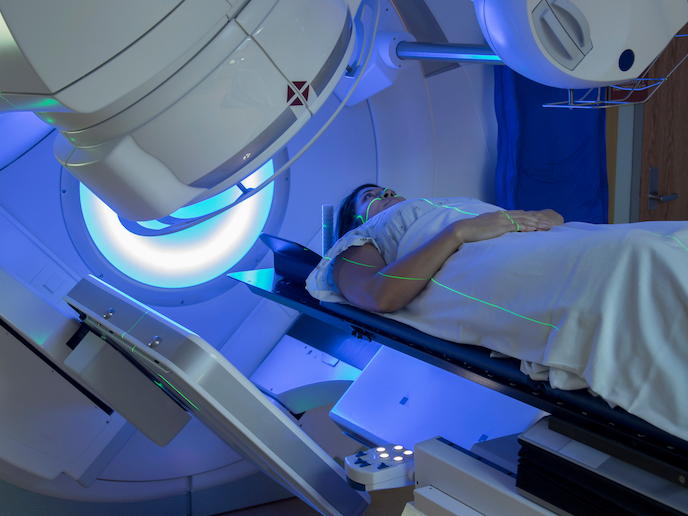Improved hearing aids and cochlear implants
Understanding how signal processing in hearing instruments can benefit from new insights into the function of the auditory system can herald a new era in hearing aids and cochlear implants (CIs) that enhance user experience. With this in mind, the EU-funded ICANHEAR(opens in new window) (Improved communication through applied hearing research) project designed methods and models to optimise hearing aids and CIs. To achieve this, both young and experienced researchers from a broad range of backgrounds were trained in hearing science, signal processing, and the use of rapid prototyping tools in order to implement and test these solutions. The doctoral and postdoctoral students received social, scientific and technical skills training through secondments and workshops. Research activities were structured around modelling of neural signal processing in the impaired auditory system. They also involved the evaluation of hearing instrument processing and aided hearing as well as the application of new strategies for improved communication. A series of public outreach activities were implemented, including educational presentations at schools, demonstrations and presentations at open lab days and science fairs, lectures targeting the general public and information days on hearing loss for the elderly. Partners also created a video(opens in new window) featuring the students and their supervisors, outlining their research and views on ICANHEAR. Researchers created an open development platform where new signal processing methods for hearing devices can be implemented. The user benefits of these methods can then be assessed through common evaluation scenarios. ICANHEAR has helped fellows to familiarise themselves with the different steps involved in product development.







